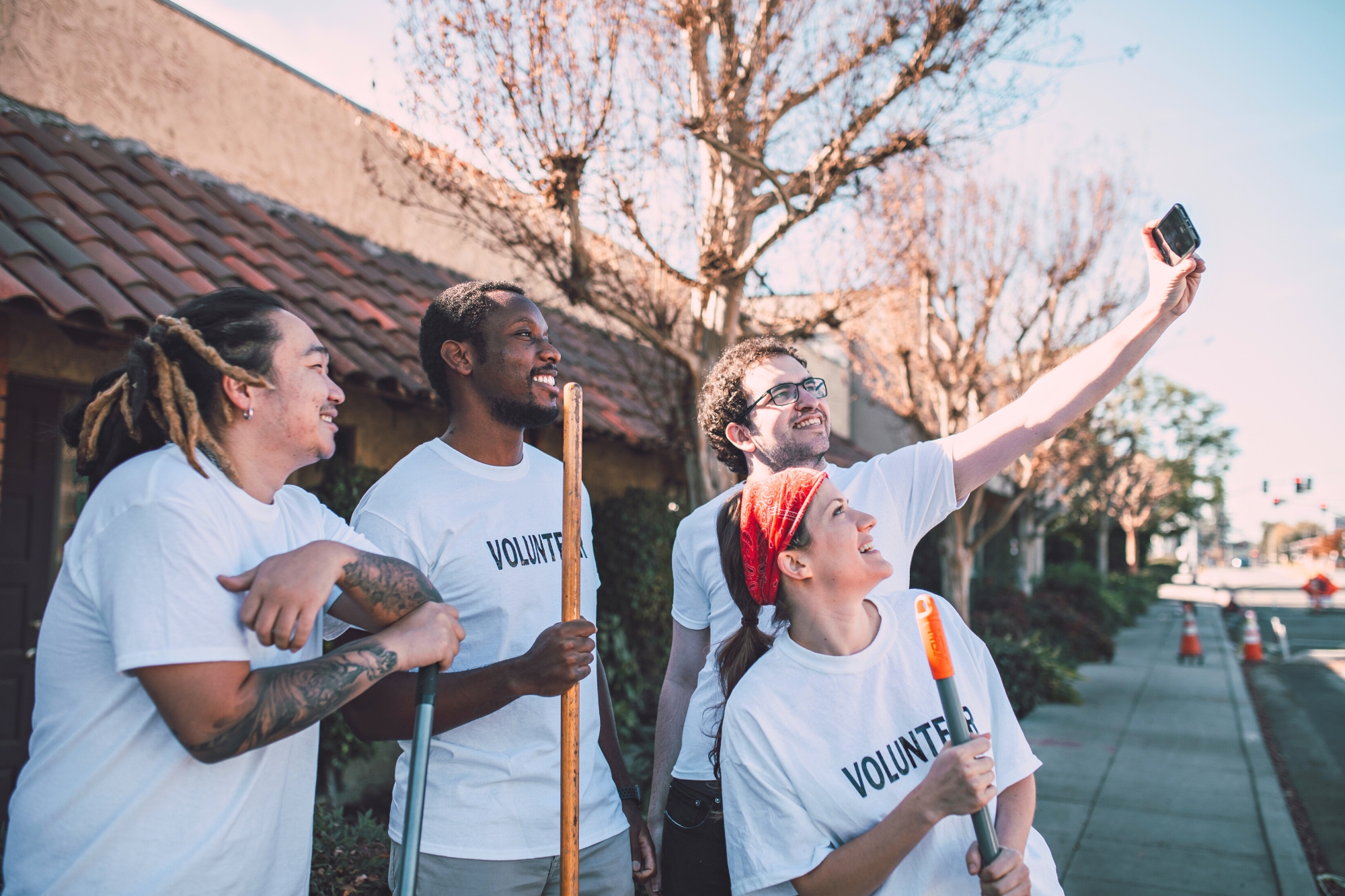How To Build A Bigger, Better Donor Base
How do you keep in contact with your friends? You call them and send them messages on social media. You meet for coffee or dinner. You text them when you want to say hello. With time and effort, you nurture the relationship. It’s the same with your organization’s supporters. If you look at your donor base and see only dollar signs, you’ll have problems. Donor relationships that focus only on gifts are like superficial friendships; they won’t last.
First things first: Strategy
Before you start communicating, you need to build a donor list. It’s an ongoing project, as new donors are added and inactive ones removed. Here are some ways to accumulate potential donors.
Acquire donors with acquisition mailings
Wouldn’t it be great if you could clone your current supporters? Well, in a way you can by sending donor acquisition mailings each year. An acquisition mailing is a fundraising piece sent to people who are similar to your existing donor base. Most nonprofits do at least one acquisition mailing a year. They buy lists of donors similar to their own and send each of them a fundraising letter.
Those who respond with a gift are added to the nonprofit’s donor mailing list. A good response to an acquisition mailing is one percent.
An acquisition mailing is not about raising money, it is about getting new donors. Rarely do donations from an acquisition mailing cover the costs of the mailing. An acquisition mailing simply buys you new donors who, hopefully, will become loyal supporters of your organization.
Put your website to work
Your website can bring in new supporters. Those who visit it are interested in your organization, so make sure your home page includes a prominent call-to-action to sign up for your newsletter or other mailings. Make the sign-up form as simple and straightforward as possible.
Make the most of special events
Every organization has special events. The people who attend your annual fundraising 5k but aren’t donors, could and should be. Collect information for your donor list about everyone who attends your events.
Six degrees of separation
We are all connected in some way. Make mutual connections work for you by asking your board members to share the names and contact information of their like-minded friends. Ask the same of your active, avid volunteers.
When people reach out, grab them
When people reach out to your organization – by phone, by email, or in person – collect their contact information and add them to the prospective donor list. They have shown interest in your organization; capitalize on it.
You have them, now engage them
Here is where many nonprofits fall down. They build a good list of potential donors, convince them to donate, and then, they send supporters nothing more than an impersonal gift receipt for tax purposes. Your nonprofit should have a personal thank-you ready for every gift it receives. A thank-you—whether it’s a nice card or a personal phone call—costs little and can secure thousands in future donations.
Talk about more than money
A thank-you note is the first step. Throughout the year, keep in touch with your donors with an assortment of messages. (Hint: They shouldn’t always be about money!) Tell donors how your organization is doing, solicit their advice or assistance, invite them to events or tell them stories about the difference their gift has made.
Cards and letters to remember
Send your donors cards. Birthdays are good, but you can also send cards that are reminders of dates that are important to your cause. For example, if you work with Habitat for Humanity, you could send a card to remind supporters of Habitat’s 40th anniversary. Well-written letters about relevant topics are great ways to connect. Keep letters short and sweet and they will likely be read and remembered. When your organization has successes to share, a letter is a perfect way to do it.
Newsletters in the mailbox or inbox
Newsletters are great tools for describing what your organization is up to. Send them regularly, by email or direct mail. Keep stories short and place the focus on people as much as possible. Educate recipients about ways they can give, beyond writing a check. Include photos, preferably that exemplify the work your organization does.
Digital connections
Make collecting email addresses a standard part of building your donor database. The internet offers many ways to keep in touch with donors: by email, Facebook, Instagram, Twitter, or YouTube, for starters. Email and social media are engaging and interactive when you offer surveys and polls.
How about an annual report?
Annual reports are more than an overview of your organization’s finances. They recount how donations were used to do great things. Nonprofits aren’t required to send annual reports, but the clever ones do because they realize it is one of their best fundraising tools. Keep the report simple and inexpensive. A glossy, over-the-top annual report could make donors question whether you are making the best use of funding.
Make face-to-face connections
To keep valued donors, create opportunities to connect beyond the written word. Call them to ask for their input and answer their questions. Invite them to your headquarters for a tour or to an upcoming event.
Keep your list fit and trim
You will need to do housekeeping regularly to keep your list tidy. Not only will you add names, but you will also remove names over time. A professional mail service can quickly rid your list of duplicate mailings and other unwanted problems.
One size does not fit all
Your donor base is a varied lot. Many of your communications will be well received by everyone but there often are times when specialized messages are needed. Here are some examples:
Lapsed donors
When good donors stop giving, don’t give up on them. It is much easier to bring back a former donor than it is to recruit a new one. Reach out with a letter that, in a friendly, genuine way, lets them know they are missed and that you are thinking about them. Tell them what is happening with your organization. If you do win the donor back, have a series of letters and surveys ready to welcome them. Asking them to complete a survey could provide valuable information about why they and other donors have lapsed.
Major donors
Donors who make large donations often require special communications. For your face-to-face meetings with this audience, you will need strong written materials, such as fact sheets, annual reports, and success stories. Large donations often come with large expectations, so always be prepared.
If you are a nonprofit struggling to keep donors or acquire new ones, give us a call. We can work together to come up with a plan that works for you.
Interested in how Bluegrass can help?
See what we can do.
You may also like...



